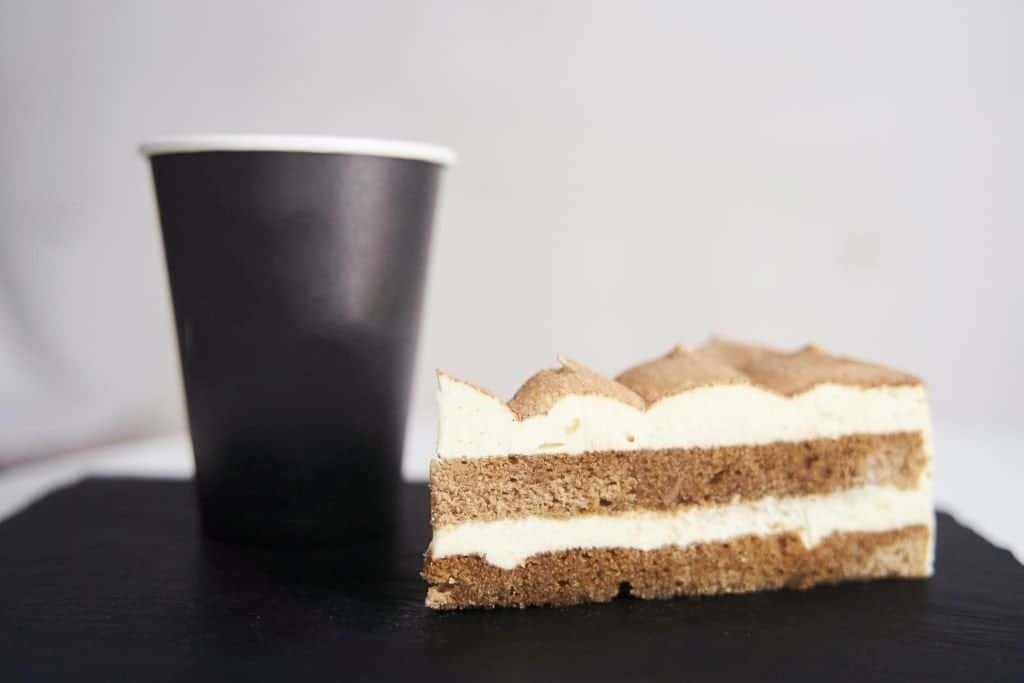If you’re a coffee lover, you’ve probably noticed that coffee can taste quite different depending on where it comes from, how it’s roasted, and how it’s brewed. But have you ever wondered how many distinct flavor characteristics coffee actually has?
According to the World Coffee Research Sensory Lexicon, there are 110 flavor, aroma, and texture attributes that can be attributed to coffee. These attributes range from nutty and fruity to floral, sweet, and chocolaty. However, taste is subjective, and different people might perceive different flavors in the same cup of coffee. Additionally, the growing conditions, processing methods, and roast can all affect the final flavor of the coffee, making it difficult to pinpoint an exact number of flavor characteristics.
What are the Distinct Flavor Characteristics of Coffee?
Coffee is known for its complex and diverse flavor characteristics. These characteristics can be classified into four main categories: acidity, body, flavor, and aroma.
Acidity
Acidity refers to the bright, tangy, and sometimes sour taste that coffee can have. It is a desirable characteristic that adds complexity and brightness to the coffee. The level of acidity can vary depending on the type of coffee bean, growing conditions, and roast level. Some common flavors associated with acidity include citrus, berry, and apple.
Body
Body refers to the weight and texture of the coffee in your mouth. It can range from light and delicate to heavy and syrupy. The body is influenced by the type of bean, roast level, and brewing method. Some common flavors associated with body include chocolate, caramel, and nutty.
Flavor
Flavor refers to the overall taste of the coffee, which can be influenced by a variety of factors. Some common flavor notes include floral, fruity, spicy, and earthy. These flavors can be influenced by the growing conditions, processing methods, and roast level of the coffee bean.
Aroma
Aroma refers to the scent of the coffee, which can be just as important as the taste. The aroma can vary depending on the type of coffee bean, roast level, and brewing method. Some common aromas associated with coffee include floral, fruity, nutty, and spicy.
Overall, the distinct flavor characteristics of coffee are what make it such a beloved and diverse beverage. Whether you prefer a bright and tangy cup or a rich and syrupy one, there is a coffee out there for everyone.
Factors Affecting Coffee Flavor
Coffee is a complex beverage with a variety of distinct flavor characteristics. The flavor of coffee is influenced by several factors, including the origin of the coffee beans, the roasting process, the brewing method, and the quality of water used. Understanding these factors can help you appreciate the nuances of coffee flavor and make better choices when selecting and preparing your coffee.
Origin of Coffee Beans
The country and region where coffee is grown, known as the coffee’s terroir, has a significant impact on its flavor. Different coffee varieties have unique flavor profiles, which are influenced by factors such as soil composition, altitude, and climate. For example, coffees grown in Ethiopia often have fruity and floral notes, while coffees from Brazil tend to have nutty and chocolatey flavors.

Roasting Process
The roasting process is a crucial factor in determining coffee flavor. Roasting causes chemical reactions that produce the characteristic flavors and aromas of coffee. The degree of roast, from light to dark, affects the flavor profile of the coffee. Lighter roasts tend to have brighter, more acidic flavors, while darker roasts have deeper, more caramelized flavors.
Brewing Method
The brewing method you use can also affect the flavor of your coffee. Different brewing methods extract different compounds from the coffee, which can result in varying flavor profiles. For example, espresso has a bold, concentrated flavor due to its high-pressure extraction method, while pour-over coffee has a cleaner, more delicate taste.
Water Quality
The quality of water used to brew coffee can also impact its flavor. Water that is too hard or too soft can affect the extraction of coffee compounds, leading to off-flavors or a weak brew. Ideally, water should be clean, fresh, and have a balanced mineral content to ensure optimal coffee flavor.
Coffee Tasting and Flavor Profiling
If you’re a coffee lover, you know that coffee has a complex flavor profile that can vary depending on the region, altitude, soil, and processing method. Coffee tasting, also known as cupping, is a process of evaluating the aroma, flavor, body, and aftertaste of coffee.
Cupping Process
The cupping process involves several steps, including evaluating the aroma, slurping the coffee to taste the flavor, and assessing the body and aftertaste. Coffee tasters use a standardized process to ensure consistency in their evaluations.
The coffee is ground and brewed using a specific ratio of coffee to water. The coffee is then smelled to evaluate the aroma. The taster then slurps the coffee to spread it evenly over the tongue and evaluate the flavor. The taster evaluates the body, or the weight and texture of the coffee in the mouth, and the aftertaste, or the lingering flavor after swallowing.
Flavor Wheel
The Specialty Coffee Association of America (SCAA) developed the Coffee Taster’s Flavor Wheel to provide a standardized vocabulary for describing the flavor characteristics of coffee. The wheel is divided into categories such as sweet, sour, and bitter, with subcategories such as fruity, floral, and nutty.
The wheel is used by coffee tasters to describe the flavor profile of coffee and to identify specific characteristics that can help identify the origin and processing method of the coffee.
Tasting Notes
Coffee tasting notes are a written evaluation of the aroma, flavor, body, and aftertaste of coffee. Tasting notes can be used by coffee roasters and retailers to describe the flavor profile of a specific coffee and to help customers choose a coffee that matches their preferences.
Tasting notes typically include the origin of the coffee, the processing method, and a description of the flavor characteristics. Tasting notes can include specific flavor characteristics such as chocolate, citrus, or floral notes, as well as a description of the body and aftertaste.
Conclusion
So, how many distinct flavor characteristics does coffee have? The answer is not simple, as coffee has a wide range of flavors, aromas, and texture attributes that can vary depending on various factors, such as the bean’s growing conditions, processing methods, and roast.
According to World Coffee Research, there are over 110 flavor, aroma, and texture attributes of coffee that can be identified using the WCR Sensory Lexicon. Some of the most common flavor descriptors include flowery, nutty, smoky, herby, acidic, sweet, fruity, and nutty, among others. Additionally, there are also aroma descriptors like flowery and nutty.
However, taste is subjective, and what one person may perceive as a particular flavor or aroma, another may not. Therefore, the number of distinct flavor characteristics of coffee is difficult to quantify accurately.
Nonetheless, understanding the different flavor profiles of coffee can help you appreciate and enjoy your coffee better. By knowing what to look for, you can choose the type of coffee that matches your taste preferences and brewing method. Whether you prefer a bright and fruity coffee or a rich and chocolatey one, there is a coffee flavor profile out there for you.




